Curious about the secrets of old money style but don’t have a Rockefeller-sized clothing budget? We’ve got you covered, old sport. Our team of sartorial sleuths has analyzed more than 200 legendary looks, grilled industry insiders, and dug deep into the archives to bring you the ultimate guide to dressing like the well-heeled elite.
From the Gilded Age to the Gen Z revival, we’ve traced the evolution of old money fashion, distilling centuries of aristocratic wisdom into one handy blueprint.
This isn’t just another list of “preppy must-haves” – we’ve gone beyond the basics to unpack the philosophy behind the aesthetic, tapping genuine experts to help you master the art of effortless elegance.
Prepare to discover:
- the surprising history of old money staples, from Oxford shirts to penny loafers
- how to build a killer capsule wardrobe that oozes Ivy League sophistication
- the subtle art of old money grooming, from the perfect side part to the impeccable shave
- the modern style icons putting a fresh spin on the classics, from Prince William to Alexandre Arnault.
Whether you’re a trust fund baby or just a sartorial student of the good life, this guide will help you elevate your wardrobe game and channel your inner JFK. So sit back, pour yourself a Negroni, and get ready to unlock the mysteries of old money style.
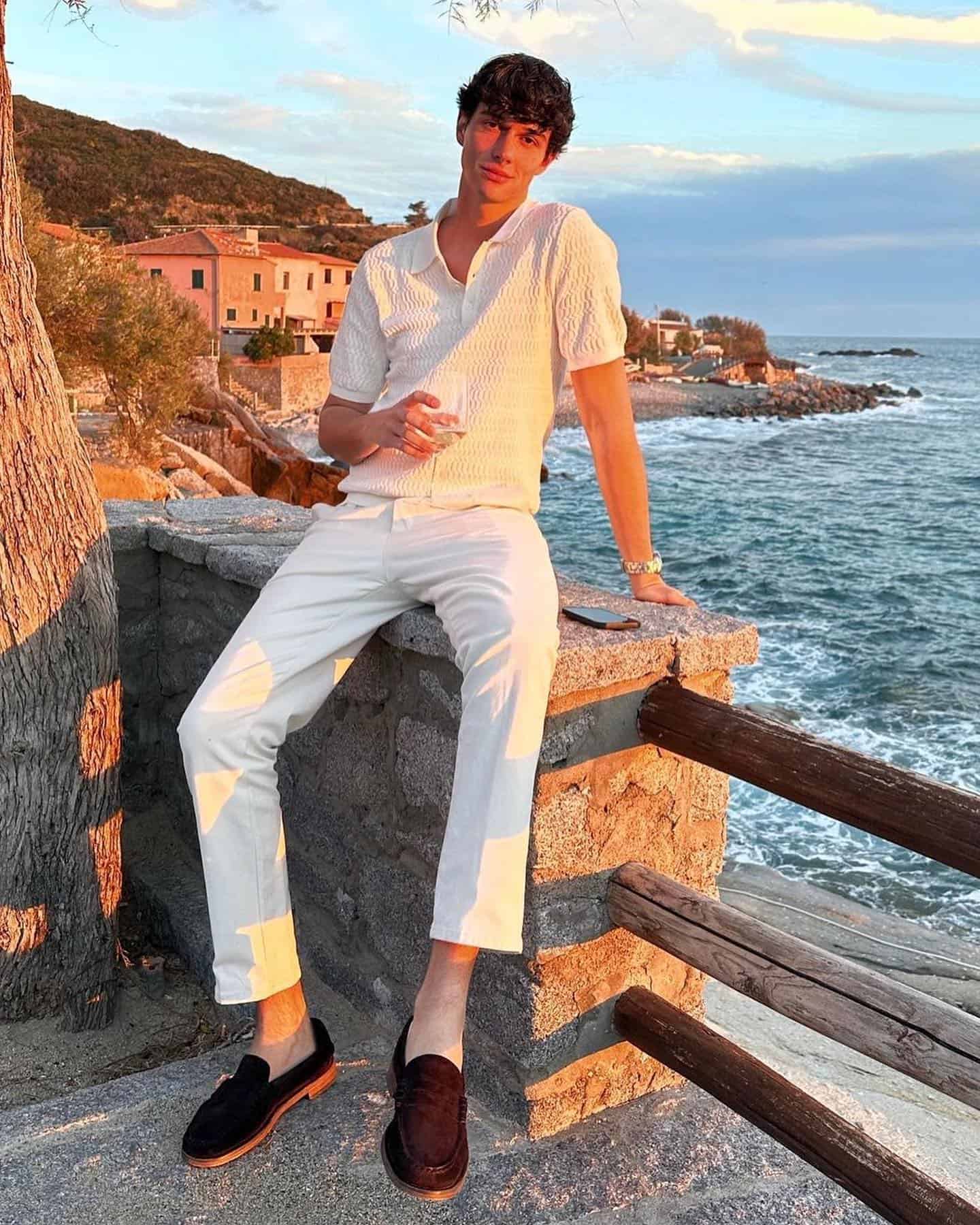
What Is the Old Money Aesthetic?
At its core, the old money aesthetic is about quality over quantity, substance over flash. It’s a rejection of the trendy and disposable in favor of the timeless and enduring.
An old money wardrobe is built on a foundation of classic pieces – the perfectly cut suit, the crisp white shirt, the polished leather loafers – all crafted from the finest materials and designed to stand the test of time.
But it’s not just about the clothes themselves. Old money style is a reflection of a certain lifestyle, one that values tradition, discretion, and a quiet sort of confidence that comes from knowing one’s place in the world.
It’s the opposite of nouveau riche ostentation; old money doesn’t need to flaunt its wealth because it’s secure in its status.
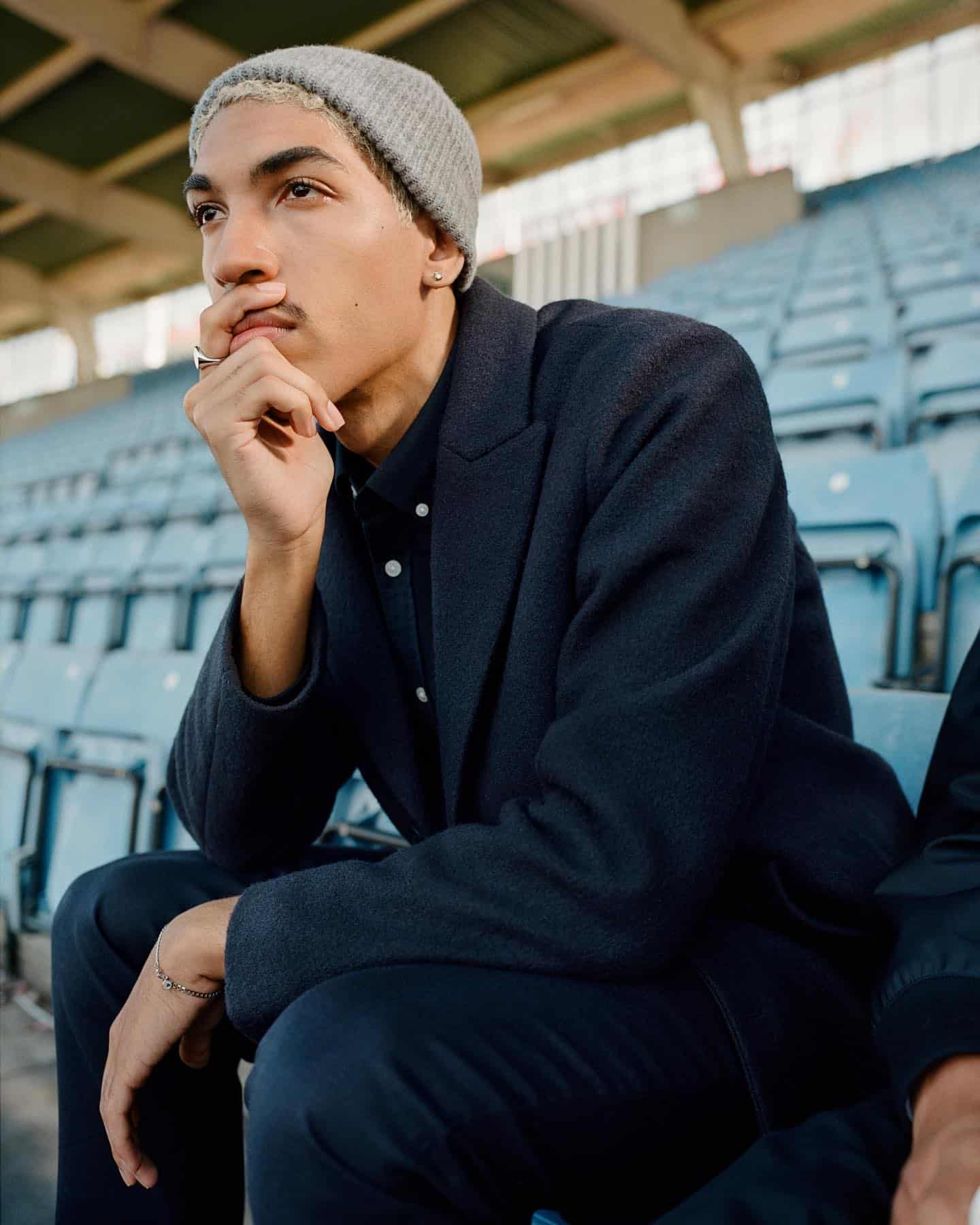
The Evolution of Old Money Style
The Birth of Old Money Style: The Early 20th Century
To trace the roots of old money style, we have to go back to the early days of the 20th century, when the scions of America’s great industrial families were coming of age.
These were the Rockefellers and the Vanderbilts, the Astors and the Carnegies – families whose vast fortunes had been built on the backs of steel and oil, railroads and real estate.
For these young men, dressing well was a matter of course. They grew up in a world where a man’s worth was measured not just by the size of his bank account, but by the cut of his suit and the shine of his shoes.
They learned the art of dressing from their fathers and grandfathers, who had in turn learned it from the British aristocracy they sought to emulate.
The Interwar Period and Post-War Elegance
As the Roaring Twenties gave way to the grim realities of the Great Depression and World War II, old money style evolved to reflect the changing times. The flashy excesses of the Jazz Age were replaced by a more sober, restrained aesthetic.
Suits became more streamlined, colors more muted. It was a time of austerity and sacrifice, and old money style reflected that.
But as the post-war boom years kicked into high gear, old money style experienced a renaissance of sorts. The 1950s and early 1960s were a golden age of American prosperity, and the old guard of the East Coast elite were at the forefront of a new era of gentlemanly refinement.
The Golden Age for Old Money Style: The 1950s and 1960s
This was the era of the “Ivy League look,” a style that combined the preppy polish of the East Coast elite with a dash of European flair. It was a time when every well-dressed man had a closet full of Brooks Brothers suits and a drawer full of monogrammed handkerchiefs.
Icons like JFK and Cary Grant set the standard for old money style, effortlessly exuding an air of sophistication and charm. They wore their tailored suits and polished loafers like a second skin, making it look easy even as they worked tirelessly behind the scenes to maintain their image.
Modern Interpretations: The 21st Century Old Money Aesthetic
Fast forward to the present day, and old money style is experiencing something of a resurgence – albeit with a modern twist. In an era of fast fashion and disposable trends, there’s a growing appreciation for the timeless elegance of classic menswear.
But today’s old money aesthetic isn’t just a carbon copy of the past. It’s been updated for the 21st century, with a nod to contemporary sensibilities and a more relaxed approach to dressing. Think hybrid dress-sneakers paired with wool trousers, or a softly tailored blazer worn over a crisp white tee.
Designers like Ralph Lauren and Tom Ford have been instrumental in this evolution, offering collections that marry old-school craftsmanship with modern design elements.
And as sustainability becomes an increasingly pressing concern, the old money ethos of buying less but buying better is resonating with a new generation of conscientious consumers.
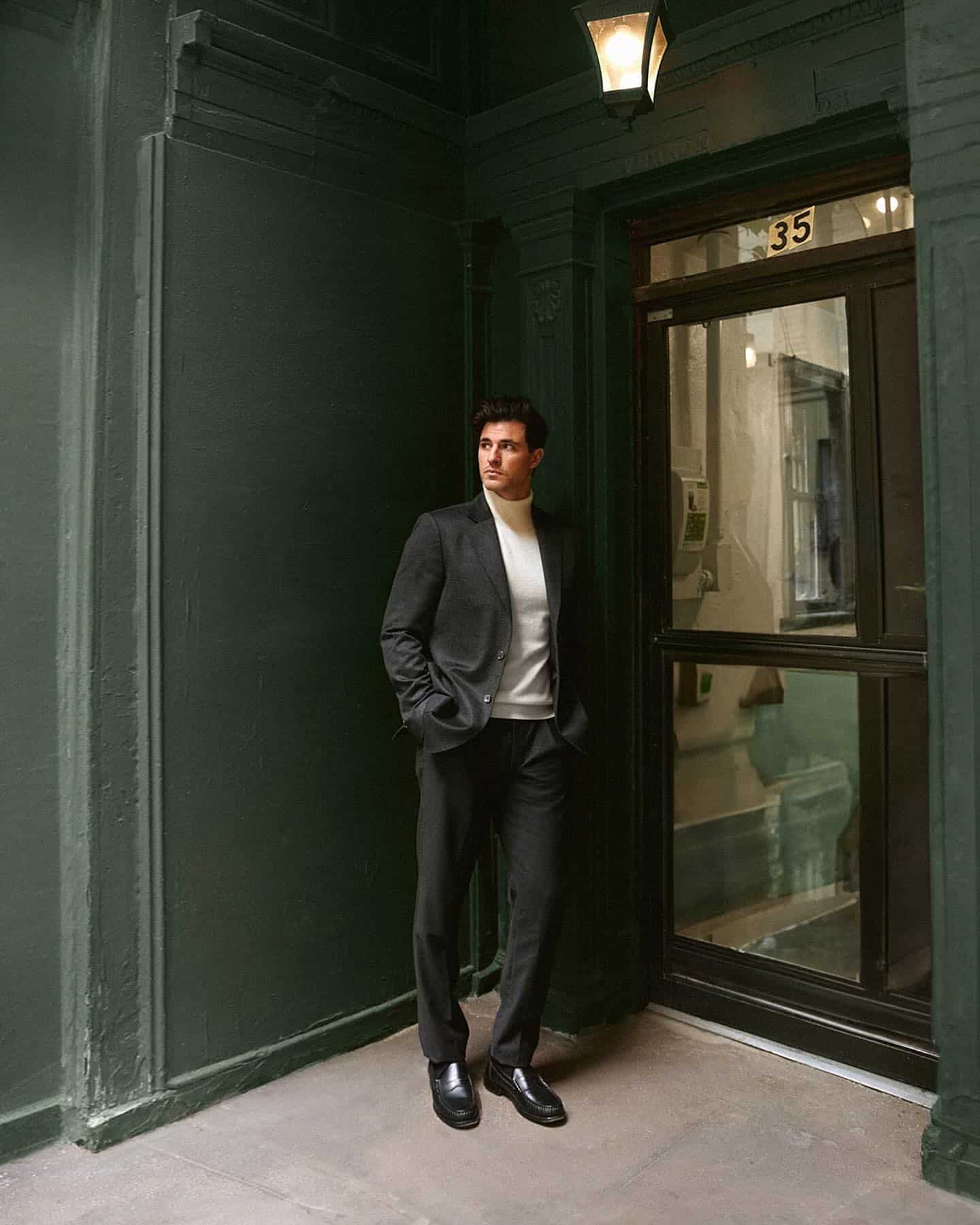
Key Components of Old Money Fashion for Men
So what are the building blocks of a quintessential old money wardrobe? Let’s break it down:
The Tailored Suit: A Testament to Craftsmanship
The foundation of any old money closet is the tailored suit. This isn’t your off-the-rack, polyester-blend number – we’re talking bespoke, baby. A true old money suit is a work of art, crafted from the finest woolen cloth and cut to fit like a glove.
Savile Row is the Mecca of old-school suiting, but Neapolitan tailors like Kiton and Attolini are also revered for their signature soft-shouldered, unstructured approach. The key is in the details: the hand-stitched buttonholes, the horn buttons, the full canvas construction that molds to your body over time.
The Oxford Shirt and Polo Shirt: Casual Refinement
For more casual occasions, the Oxford cloth button-down (OCBD) shirt is an old money staple. Originally designed for polo players who needed a collar that would stay put during matches, the OCBD has become a versatile wardrobe workhorse that’s equally at home under a blazer or worn on its own with chinos.
The polo shirt, too, has its roots in the sporting life – tennis, in this case. But as with so many elements of old money style, it’s been co-opted as a symbol of leisure-class ease. Look for versions in high-quality piqué cotton, with a trim (but not tight) fit and a crisp, tidy collar.
Leather Loafers and Brogues: Footwear with Heritage
Old money style is all about investing in quality over quantity, and nowhere is that more evident than in the realm of footwear. A well-made pair of leather shoes can last for decades if properly cared for, developing a rich patina that only gets better with age.
Penny loafers and tasseled slip-ons are preppy classics that pair perfectly with everything from jeans to suit trousers. For a dressier look, opt for a traditional cap-toe Oxford or wingtip brogue in a deep chestnut brown or oxblood hue.
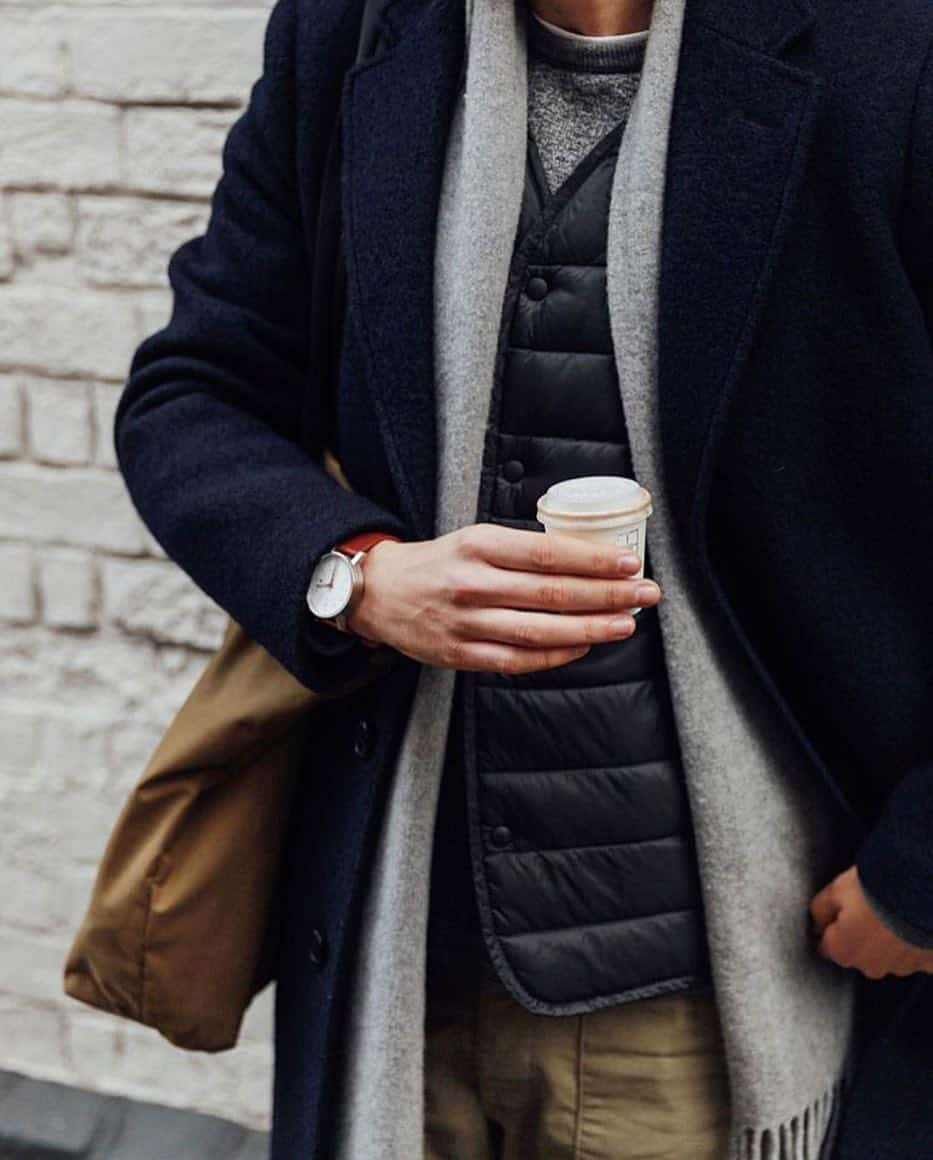
Accessories in Old Money Fashion: The Finishing Touches of Elegance
Accessories are the secret weapons of old money style – the cherry on top of the sartorial sundae, if you will. A well-chosen watch, a silk pocket square, a pair of tortoiseshell shades – these are the small but significant details that separate the men from the boys.
Timeless Timepieces
When it comes to watches, old money favors the classic and understated over the flashy and trendy. Brands like Rolex, Patek Philippe, and Jaeger-LeCoultre are perennial favorites, prized for their impeccable craftsmanship and storied histories.
But it’s not just about the name on the dial. A true old money timepiece is often an heirloom piece, passed down from father to son over generations. It’s a tangible link to the past, a symbol of continuity and tradition.
Elegant Cufflinks and Tie Accessories
In the world of old money style, even the smallest details matter. A pair of monogrammed cufflinks, a discreet tie bar, a collar pin – these are the subtle signifiers of refinement that separate the wheat from the chaff.
Look for pieces in classic metals like gold, silver, and brass, with minimal embellishment. The goal is to add a touch of polish without veering into gaudiness.
Leather Goods: Belts and Wallets
As with shoes, old money leather goods are all about quality and longevity. A well-made belt in a rich, supple leather is a must-have, as is a sleek wallet or card case.
Avoid anything too trendy or over-designed; the beauty is in the simplicity. A plain leather billfold with a discreet monogram is the height of old money chic.
Scarves, Hats, and Eyewear
The finishing touches of an old money ensemble often involve a dash of sprezzatura – that inimitable Italian art of studied nonchalance. A jaunty silk scarf knotted just so, a panama hat tilted at a rakish angle, a pair of vintage-inspired sunglasses – these are the small but impactful details that take an outfit from good to great.
The Philosophy Behind Old Money Accessories
At the end of the day, old money accessories are about more than just looking good. They’re a reflection of a certain worldview, a set of values that prioritize quality, craftsmanship, and timeless elegance over fleeting trends and conspicuous consumption.
It’s a philosophy that says, “I don’t need to shout to be heard.” It’s a quiet confidence that comes from knowing who you are and what you stand for. And in a world that often feels like it’s spinning out of control, there’s something deeply reassuring about that kind of steadfast consistency.
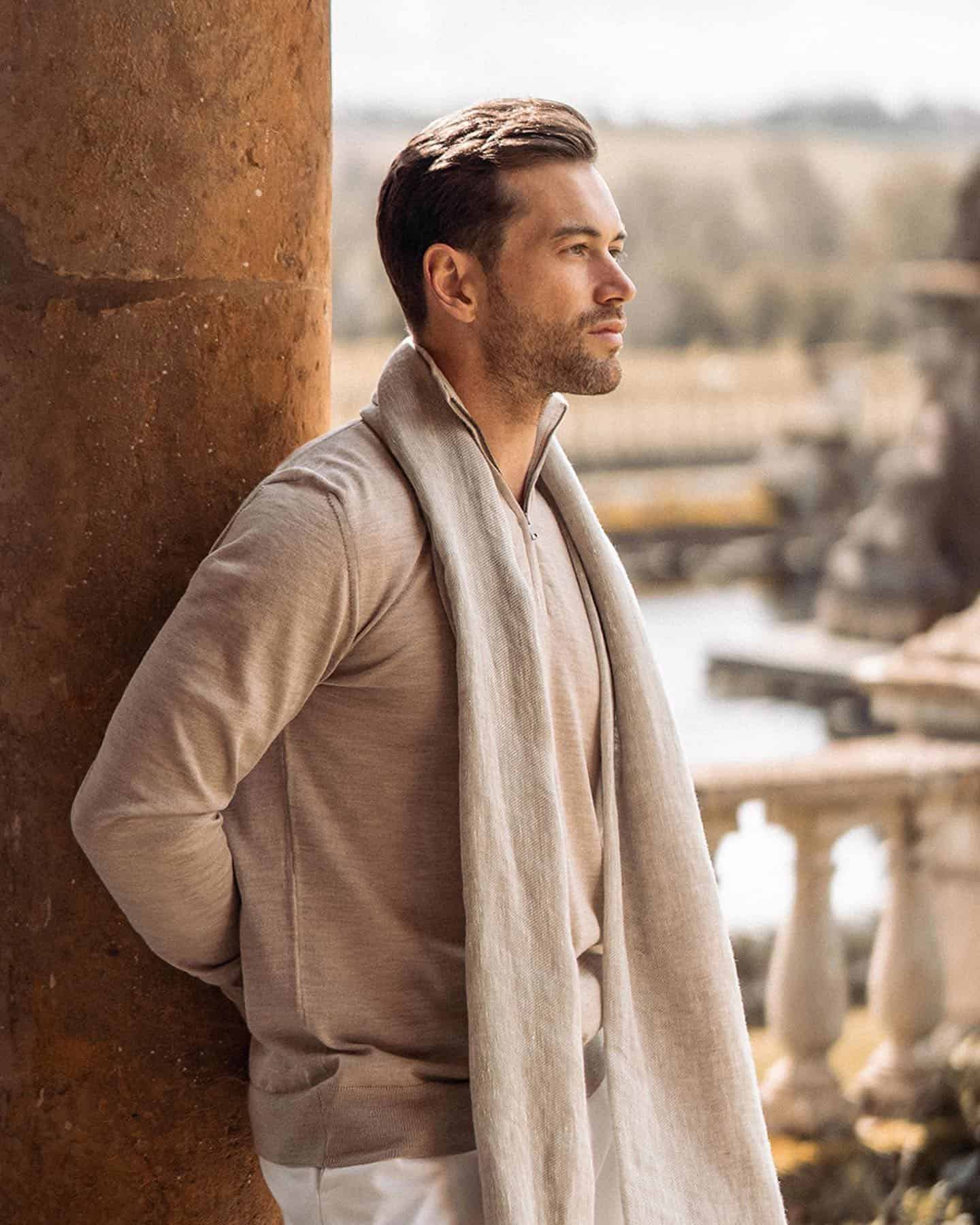
Old Money Hairstyles & Grooming Trends
Of course, no discussion of old money style would be complete without a nod to the finer points of grooming. Because let’s face it – you can have the sharpest suit and the shiniest shoes in the room, but if your hair is a mess and your breath stinks, it’s all for naught.
Men’s Old Money Hairstyles
When it comes to old money hair, the watchword is “classic.” Think timeless, not trendy – a well-maintained side part, a neatly trimmed crop, a slicked-back style that oozes Mad Men-era sophistication.
The key is in the execution. Your hair should look effortless, as if you just rolled out of bed looking that good (spoiler alert: you didn’t). A little pomade goes a long way – just enough to add shine and hold, without veering into helmet-head territory.
Old Money Facial Hair
As for facial hair, the old money set tends to favor a clean-shaven look. It’s crisp, it’s polished, it’s the epitome of gentlemanly refinement. That said, a well-groomed mustache or beard can work if it suits your personal style – just keep it neat and tidy, and resist the urge to go full lumberjack.
Whether you go clean-shaven or opt for a little something, the most important thing is to keep your skin looking healthy and hydrated. A simple but effective skincare routine – cleanse, moisturize, protect – will go a long way towards achieving that old money glow.

Men’s Old Money Style Icons
Every subculture has its heroes, and old money style is no exception. These are the men who embody the essence of gentlemanly refinement, the ones whose effortless elegance has inspired generations of well-dressed gents.
John F. Kennedy: The Quintessential American
JFK was the epitome of old money style – a scion of one of America’s most prominent political dynasties, with the wardrobe to match. His iconic look – the trim, tailored suits, the crisp white shirts, the preppy polo shirts and chinos – set the standard for a generation of Ivy League aspirants.
But it was more than just the clothes. JFK exuded a kind of easy, effortless charm that was the very essence of old money cool. He was a man who looked like he belonged in the halls of power, even as he projected a youthful, relatable energy that captured the hearts of a nation.
Prince William: The Contemporary Royal
Across the pond, Prince William is carrying the torch for a new generation of old money style. As the future King of England, he’s got some big shoes to fill – but he’s doing it with aplomb, thanks in no small part to his impeccable sense of style.
William’s wardrobe is a master class in modern royal dressing. He favors classic, well-tailored pieces in muted colors and luxurious fabrics, with just enough personal flair to keep things interesting.
And like his late mother, Princess Diana, he’s not afraid to mix high and low – pairing a bespoke suit with a pair of rugged boots, or dressing down a formal look with a casual sweater.
Alexandre Arnault: A Modern Visionary of Old Money Elegance
Finally, we have Alexandre Arnault – the young heir to the LVMH empire and a rising star in the world of luxury fashion. At just 30 years old, Arnault is already making waves with his innovative approach to branding and his effortless personal style.
Arnault’s look is a perfect blend of old money elegance and modern edge. He favors classic, well-tailored pieces in luxurious fabrics, but he’s not afraid to mix things up with unexpected details or bold accessories.
And as the face of Tiffany & Co., he’s helping to redefine what it means to be a luxury brand in the 21st century – all while looking damn good doing it.
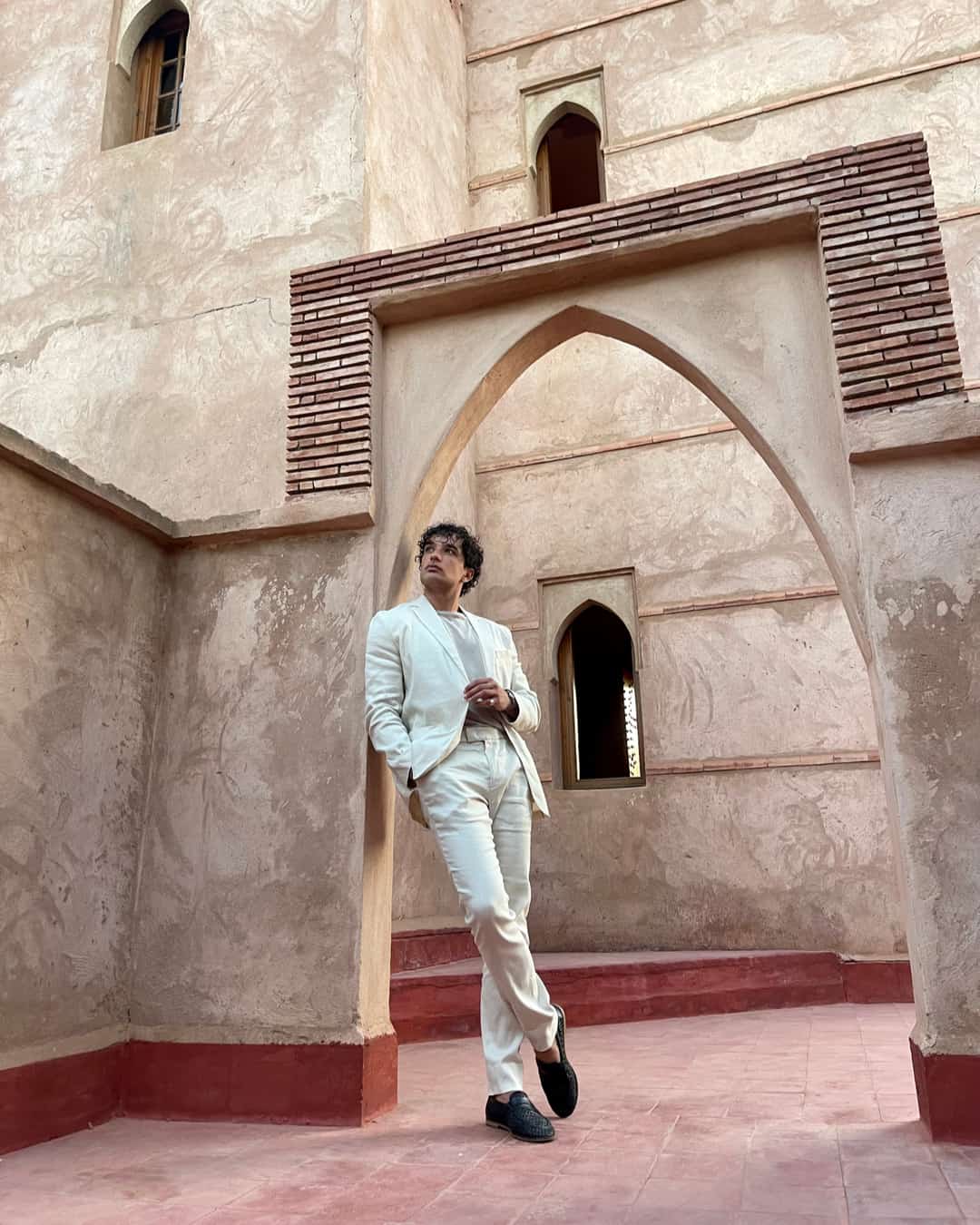
Old Money Outfits for Men: How to Wear the Old Money Aesthetic
So, you’ve got your perfectly tailored suit, your luxe leather loafers, your grandpa’s vintage Rolex – now what? How do you put it all together in a way that feels both timeless and of-the-moment?
The key is in the mix. Old money style is about taking those classic pieces and giving them a modern spin, whether that means pairing them with more casual items or adding a pop of unexpected color or texture.
For a foolproof old money look, start with a perfectly cut navy blazer and pair it with crisp khakis or grey flannel trousers. Add a white OCBD shirt and a pair of tasseled loafers, and finish things off with a silk pocket square in a subdued hue. It’s a look that’s both effortless and put-together, the epitome of old money chic.
Or, for a more casual take, try pairing a chunky cable-knit sweater with a pair of dark-wash jeans and some sleek leather Chelsea boots. Throw on a camel-colored wool coat and a cashmere scarf, and you’ve got a look that’s equal parts cozy and refined.
The beauty of old money style is that it’s endlessly adaptable. Once you’ve got the basics down – the fit, the quality, the attention to detail – you can mix and match pieces to create a look that’s all your own.
Final Verdict
At the end of the day, old money style is about more than just clothes. It’s a way of life, a set of values, a commitment to quality and craftsmanship and timeless elegance. It’s about investing in pieces that will last a lifetime and cultivating a look that’s both effortless and refined.
Whether you’re a born-and-bred prep or a newcomer to the world of old money style, there’s never been a better time to embrace this classic aesthetic. With a few key pieces and a little bit of know-how, you too can channel the effortless sophistication of the old money set – and look damn good doing it.
So go ahead – brush off that vintage blazer, polish up those loafers, and let your inner JFK shine through. Because in a world of fast fashion and fleeting trends, old money style is the real deal.
FAQ
-
-
Old money style is a way of dressing that prioritizes classic, timeless pieces over trendy, of-the-moment items. It’s about investing in quality over quantity, and cultivating a look that’s both effortless and refined.
-
To achieve the old money aesthetic, focus on building a wardrobe of well-made, versatile pieces in classic silhouettes and neutral colors. Think tailored suits, crisp shirts, luxe knitwear, and polished leather shoes. And don’t forget the details – a great watch, a silk tie, a pair of cufflinks can make all the difference.
-
The old money aesthetic is characterized by a few key elements: quality craftsmanship, timeless style, understated elegance, and a focus on comfort and ease. It’s about looking put-together without looking like you’re trying too hard, and projecting an air of quiet confidence and sophistication.
-
While the old money aesthetic has certainly gained traction on TikTok and other social media platforms in recent years, it’s not just a fleeting trend. Old money style has been around for generations, and it’s a look that’s stood the test of time thanks to its emphasis on quality, versatility, and enduring elegance.
-
Absolutely! While old money style is often associated with more formal looks like tailored suits and dress shoes, there’s definitely a place for denim in the old money wardrobe. The key is to choose a classic, well-fitting pair in a dark wash, and to pair them with more elevated pieces like a cashmere sweater or a crisp button-down shirt.
-




